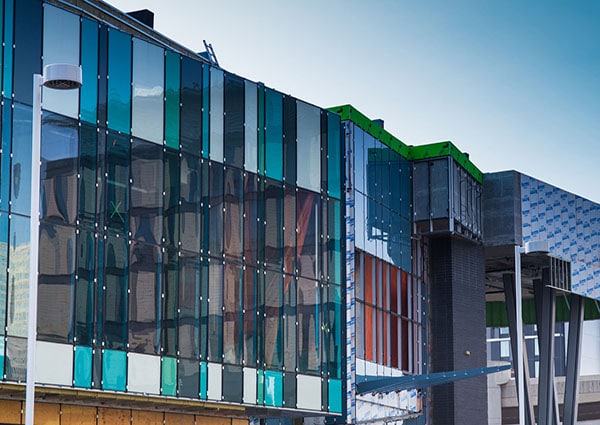

The AAA considers documents submitted at the development permit stage as “documents of a professional nature” which may only be prepared by authorized entities registered through the AAA. This is just one of many examples as to why the same design professional should be involved through all stages of the design and construction review. Consequentially, the violation of the Architects Act in this regard also violates the Safety Codes Act.Īs building codes have evolved over recent years to embed environmental, energy and daylighting requirements, the planning and design decisions made at the development permit stage have become inextricably linked to latter stages of the design. Jurisdictions that accept drawings and information at the development permit stage prepared by non-professionals are enabled illegal practices which is a direct violation of the Architects Act. When will it be implemented?ĭevelopment permit applications should not be accepted by non-professional entities for buildings where professional involvement is required since such services fall within the exclusive scope of practice of architecture or licensed interior design in accordance with the Architects Act and General Regulation.

Please advise on the processes currently used by jurisdictions to confirm that development permit documents have been properly sealed and authenticated in accordance with the Architects Act.ĭuring the webinar it was mentioned that development permit documents must be authenticated as a method to eliminate illegal practices. Should development applications from non-professionals be accepted by planning and development permit authorities on building projects that require professional involvement? A variance would only be required if a design assembly were proposed that could not be found from these sources which would likely be an impractical, costly and time-consuming process. It is very likely that a designer would be able to find all of the design assemblies required for the noted project from a combination of Appendix D and ULC-S101. It is reasonable for Authorities Having Jurisdiction to request information from the architect to demonstrate the designed assemblies comply with Article 3.1.7.1. An architect applying seals to documents for this project is expected to demonstrate to the Authorities Having Jurisdiction that the designed assemblies comply with Article 3.1.7.1.

Appendix D is limited to wood and steel framed walls, floors and roofs having ratings not greater than 90 minutes therefore ULC-S101 would need to be used to find appropriate assemblies for different construction types and where ratings of greater than 90 minutes are required. Article 3.1.7.1 of NBC-AE references "CAN/ULC-S101 - Fire Endurance Tests of Building Construction and Materials” and Appendix D as acceptable methods for determining the fire-resistance of Part 3 assemblies even though assemblies in Table 9.10.3.1.-A and Table 9.10.3.1.-B are sometimes similar. Article 1.3.3.2 of NBC(AE) states that Parts 3, 4, 5 and 6 apply to this building.
#BUILDING ENVELOPE COMPANY ALBERTA CODE#
The building identified in this question requires professional involvement in accordance with Subsection 2.4.2 of the Safety Codes Act (SCA)/National Building Code - Alberta Edition (NBC-AE), Sentence 6 of the Architects Act (AA) and Sentence 6 of the Engineering and Geoscience Professions Act (EPGA) due to its size and occupancy. If an architect wants to use Part 9 fire-resistance tables for a 4 story wood frame residential building, would this require an alternative solution and a variance or should the architect's stamp on the drawing be enough for a Safety Codes Officer to issue a permit? If required, how would a variance be justified?


 0 kommentar(er)
0 kommentar(er)
